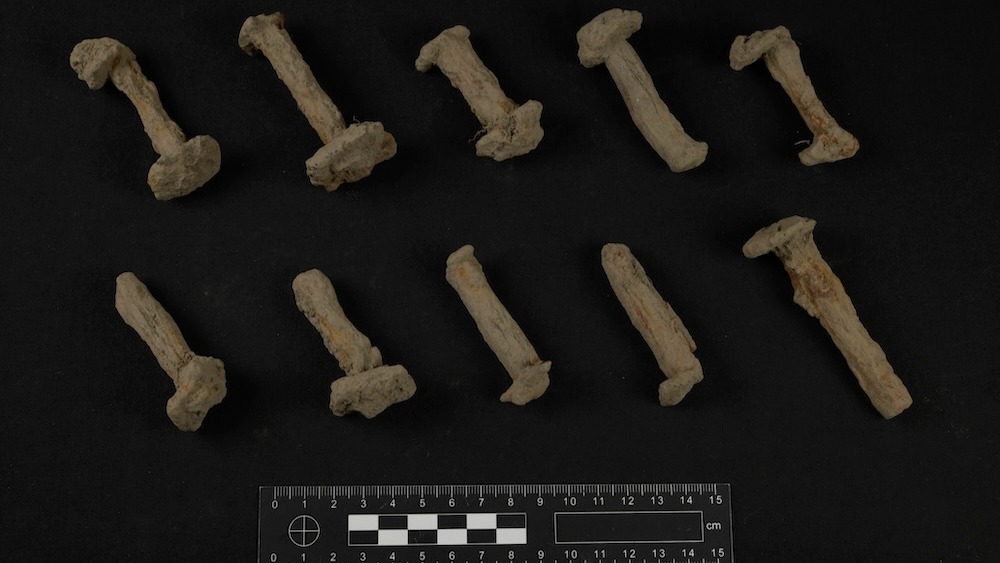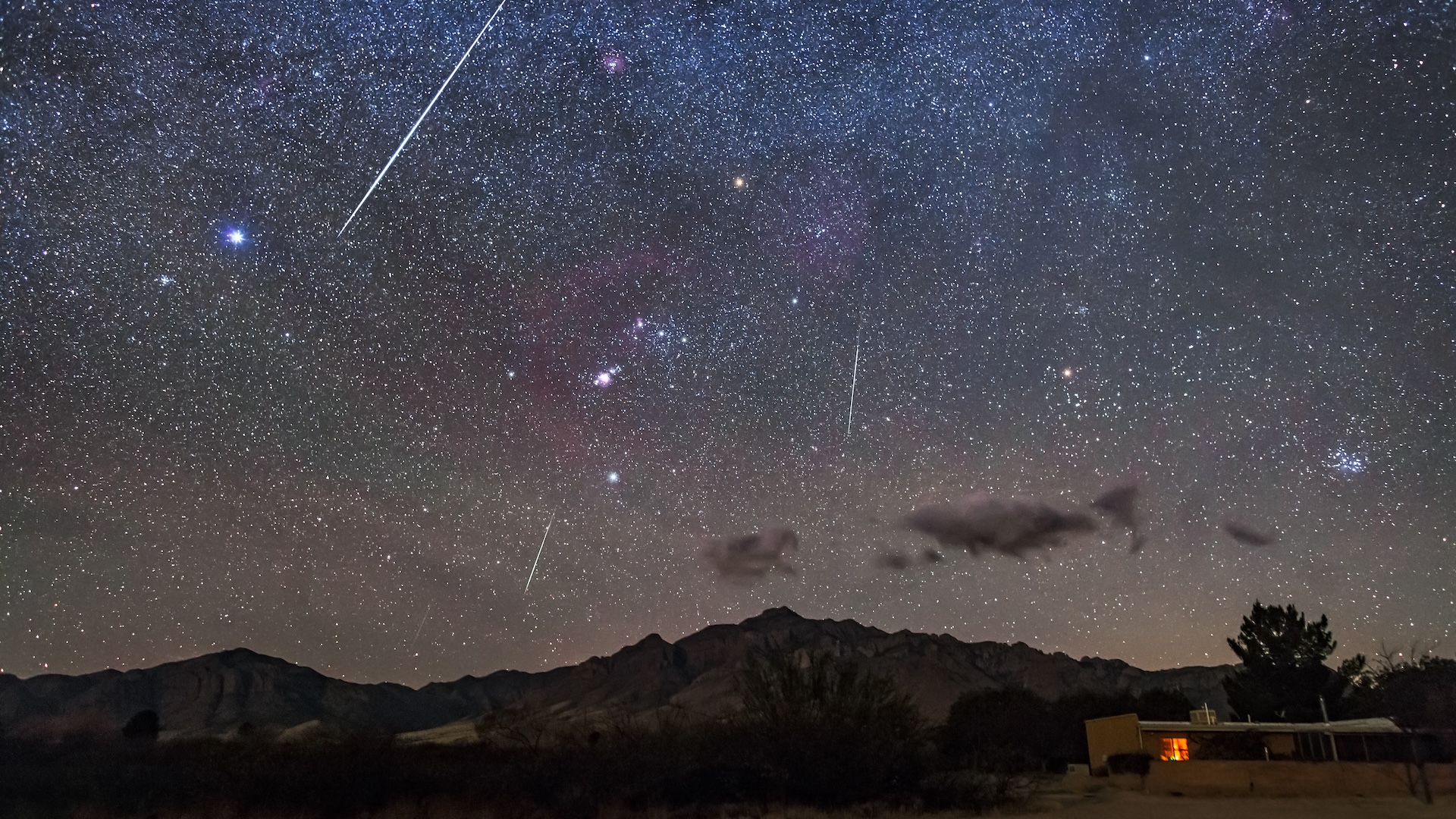Jennifer Nalewicki
Jennifer Nalewicki is former Live Science staff writer and Salt Lake City-based journalist whose work has been featured in The New York Times, Smithsonian Magazine, Scientific American, Popular Mechanics and more. She covers several science topics from planet Earth to paleontology and archaeology to health and culture. Prior to freelancing, Jennifer held an Editor role at Time Inc. Jennifer has a bachelor's degree in Journalism from The University of Texas at Austin.
Latest articles by Jennifer Nalewicki
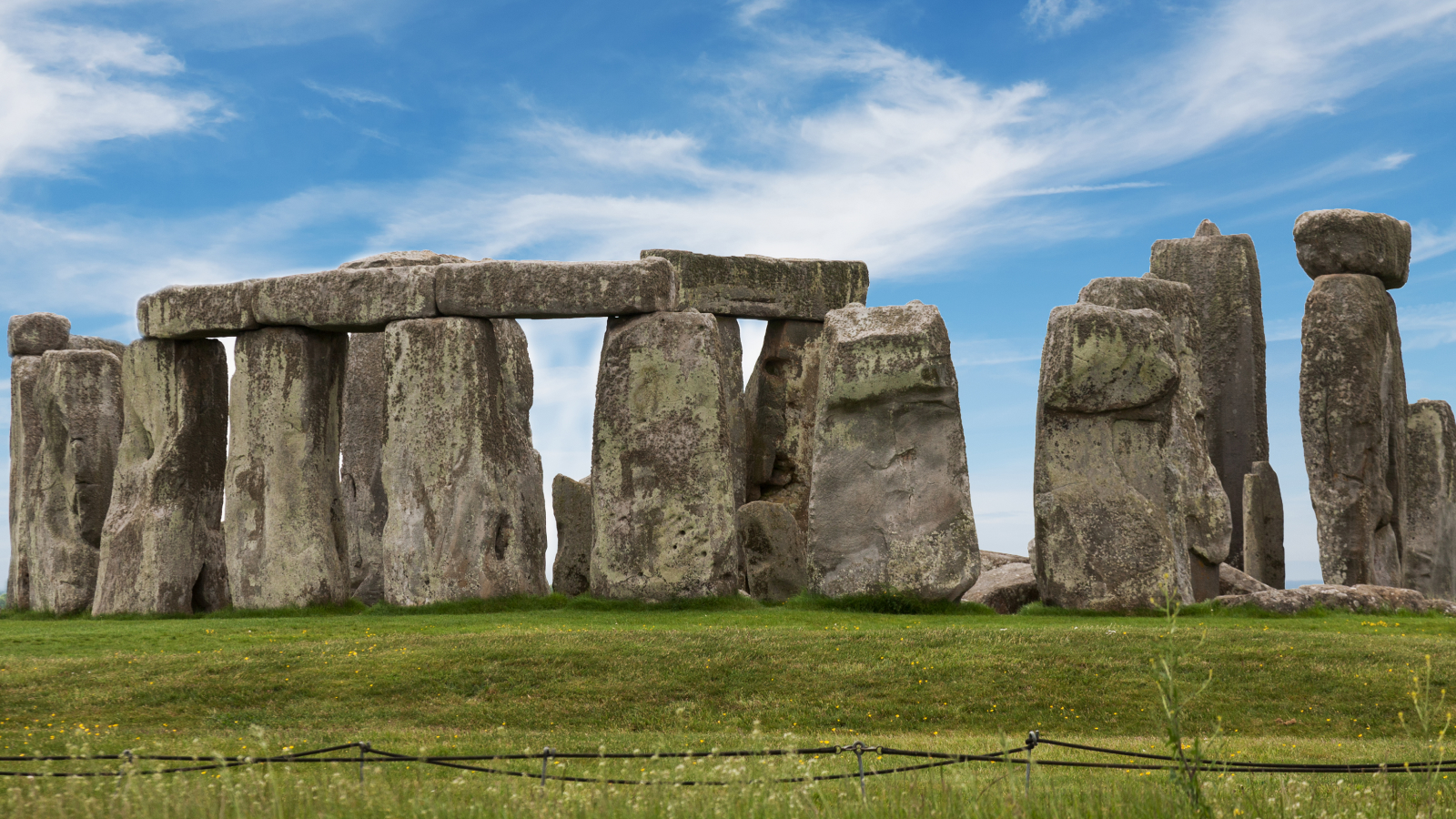
Stonehenge's 13,200-pound Altar Stone originated in northeastern Scotland, more than 450 miles away
By Jennifer Nalewicki published
Researchers analyzed Stonehenge's Altar Stone and determined that its chemical makeup is similar to that of stones found in northeastern Scotland.
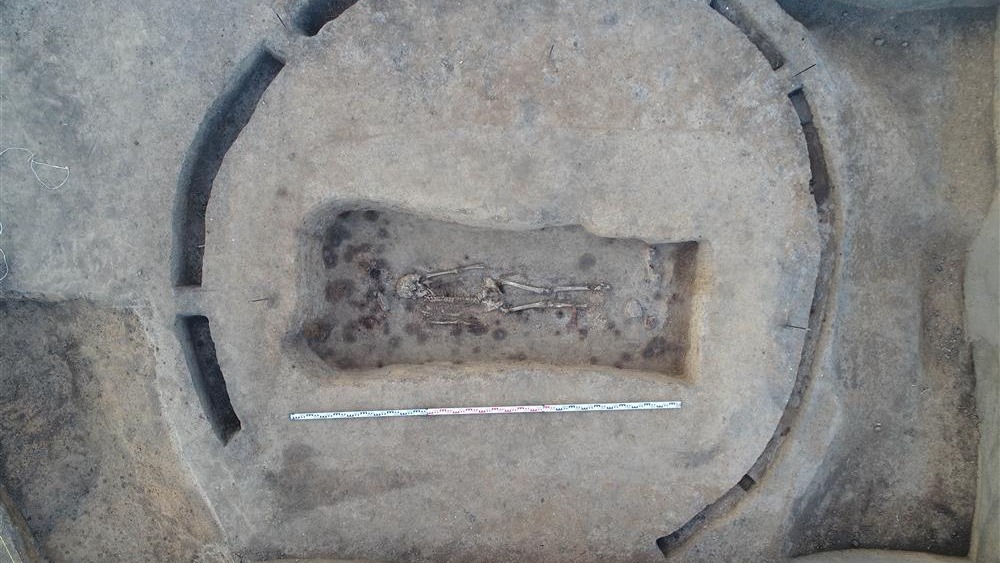
Battle axes unearthed in a cemetery in Russia may have belonged to 11th-century taxmen
By Jennifer Nalewicki published
Archaeologists uncovered the twin burials while doing fieldwork in Russia, and the grave goods suggest the deceased may have been tax collectors.
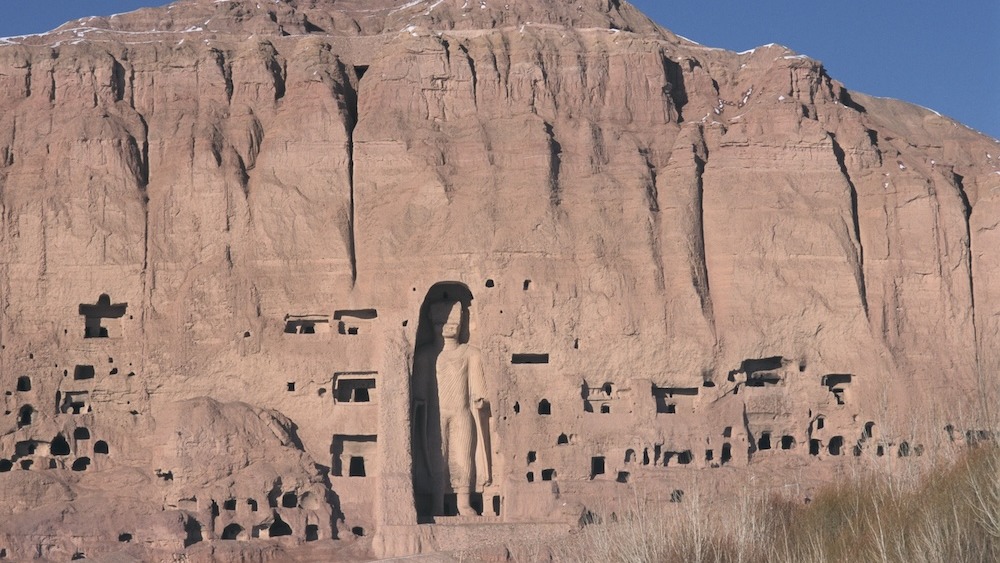
Buddhas of Bamiyan: The colossal twin statues that stood sentinel over Afghanistan — until the Taliban destroyed them
By Jennifer Nalewicki published
The twin Buddha statues stood sentinel over a valley in Afghanistan until being destroyed by the Taliban. Now all that's left are two cavities.
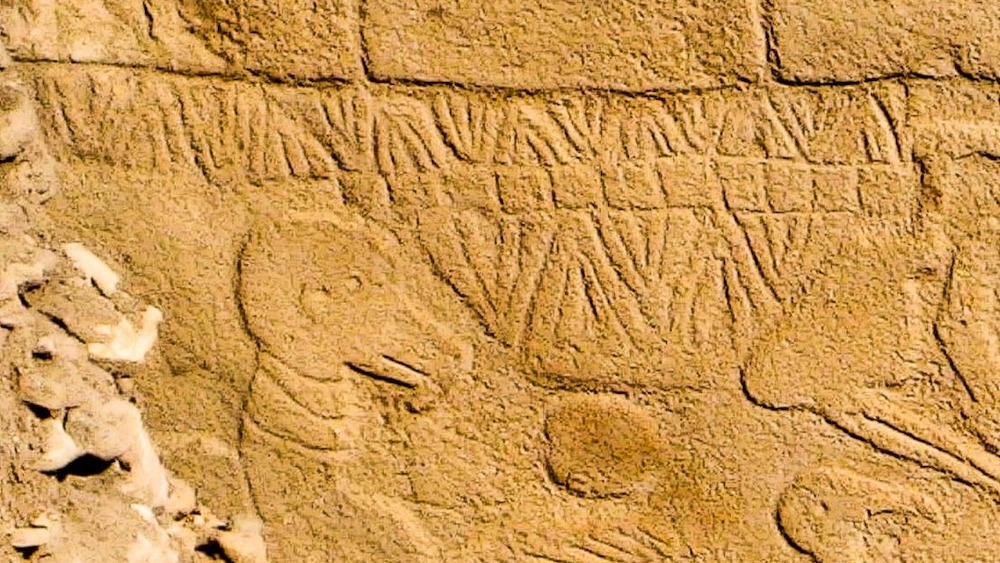
World's oldest calendar found at 13,000-year-old temple in Turkey
By Jennifer Nalewicki published
The 13,000-year-old carvings found in Turkey track the phases of the sun, moon and constellations, making it the earliest known lunisolar calendar.
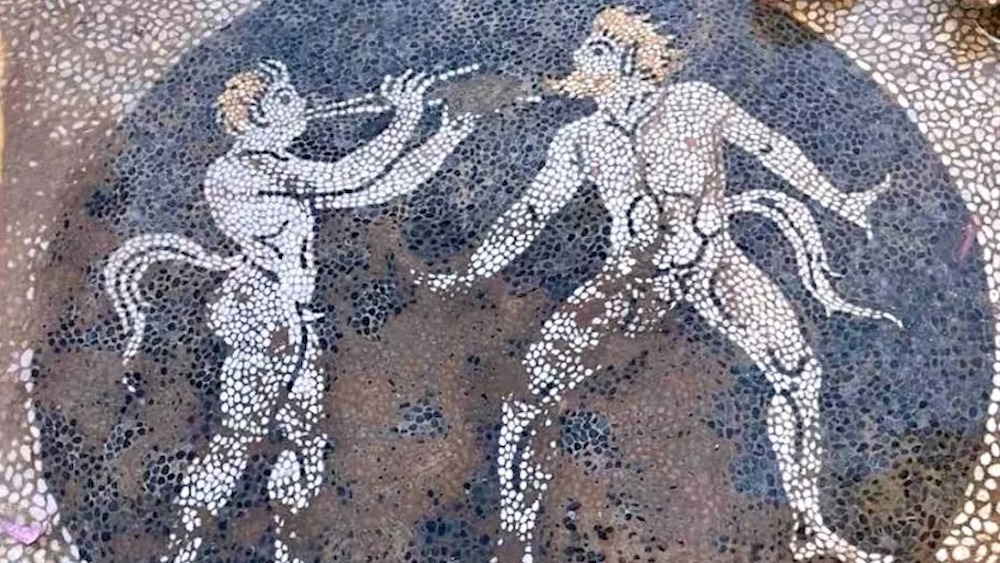
Ancient Greek mosaic depicting two naked satyrs unearthed during construction project
By Jennifer Nalewicki published
A 2,400-year-old pebbled mosaic unearthed in Greece contains images of two naked men with tails dancing to music.
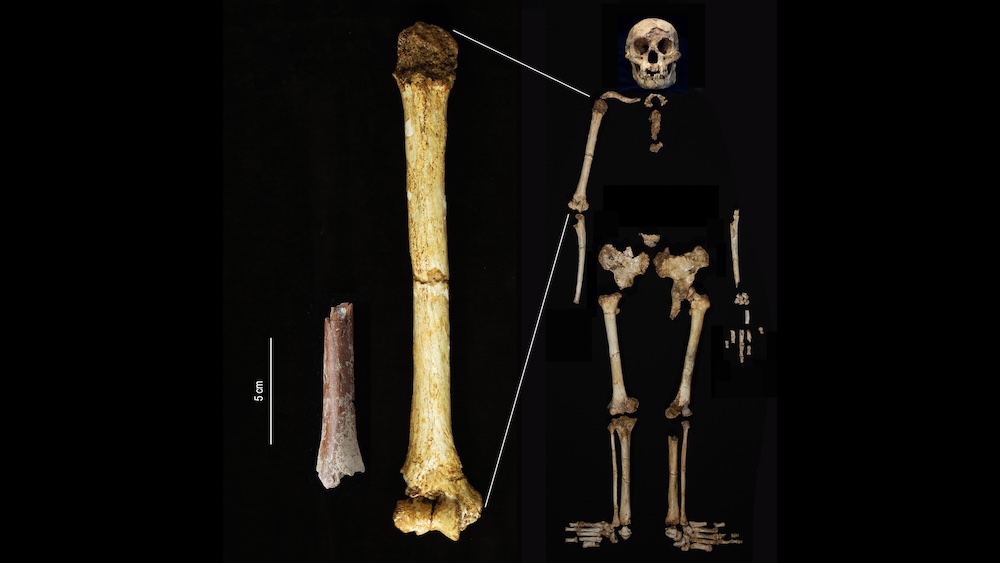
Archaic human 'hobbits' were even shorter than we thought, 700,000-year-old teeth and bone reveal
By Jennifer Nalewicki published
A new analysis of teeth and a bone found on an Indonesian island reveal that "hobbits" were more than 2 inches shorter than we thought.
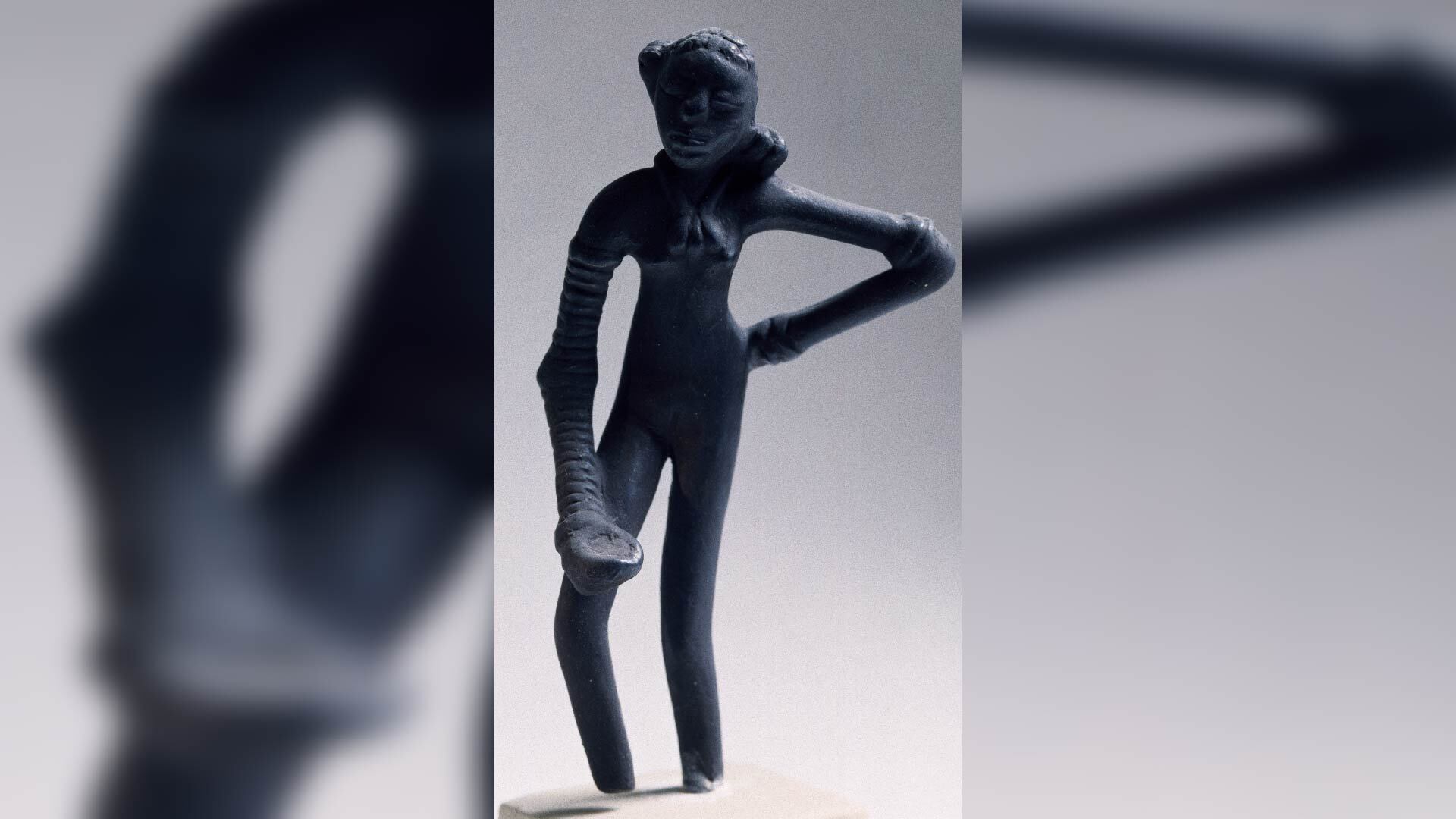
Dancing Girl: A pint-size statue from the Indus Valley Civilization with a larger-than-life presence
By Jennifer Nalewicki published
The statue was created by the Indus Valley Civilization, a Bronze Age culture that once inhabited what is now Pakistan.
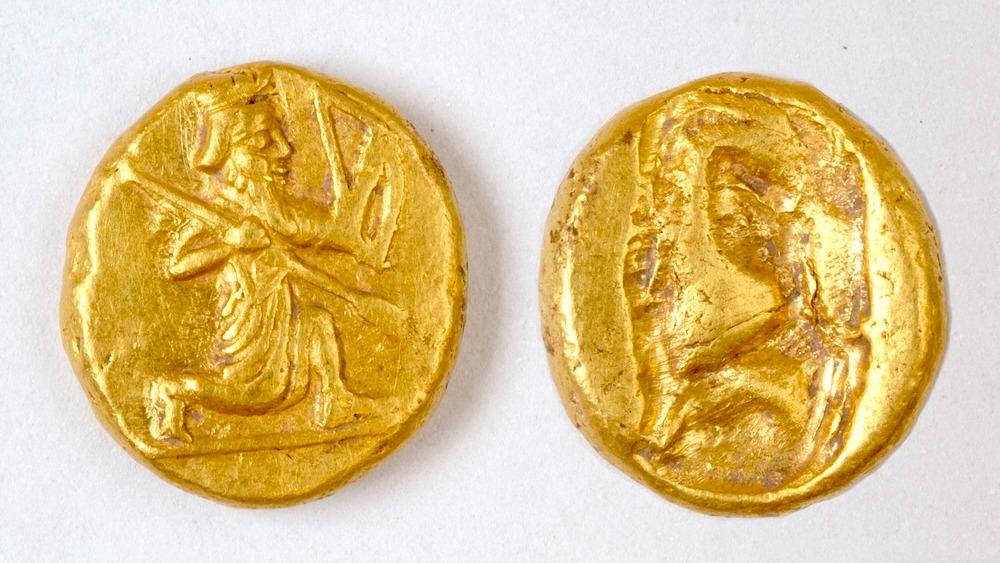
Pot overflowing with gold coins discovered in ancient Greek city in Turkey
By Jennifer Nalewicki published
The coins were found beneath a home and were likely hidden by mercenaries.
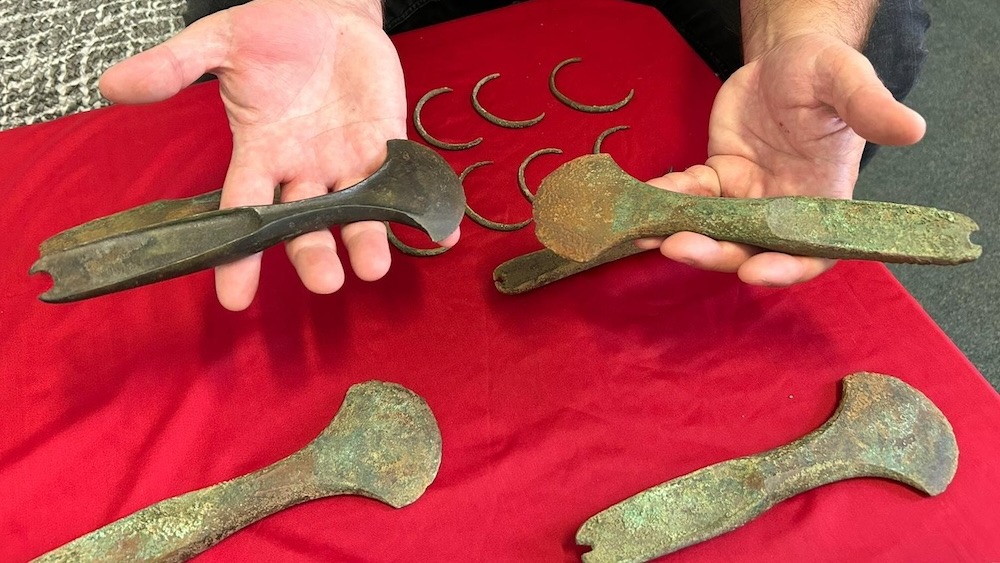
3,600-year-old jewelry and weapon hoard found under field in Czech Republic
By Jennifer Nalewicki published
Archaeologists used metal detectors to find the hoard, which includes several pieces of jewelry and weapons.
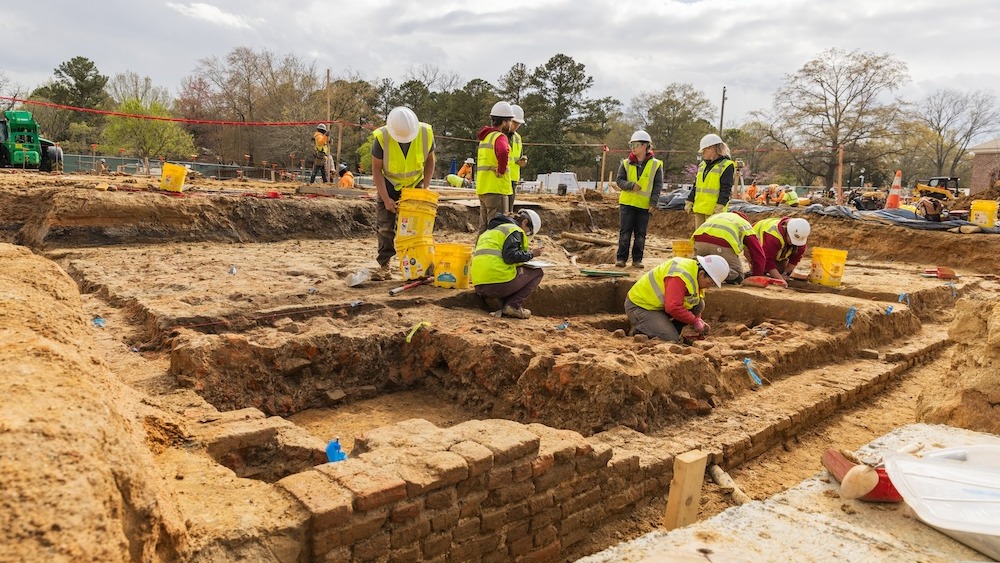
17th-century home and silver spoon from 'affluent household' found in Colonial Williamsburg
By Jennifer Nalewicki published
The home, which was built around 1660, would have been owned by an affluent family based on the artifacts found there.

Ancient Egyptians used a hydraulic lift to build their 1st pyramid, controversial study claims
By Jennifer Nalewicki published
A massive water-treatment facility located near the Nile River may have been used to build the pyramid of Djoser.

12,500-year-old rock art 'canvas' in the Amazon reveals early Americans' connection with wildlife
By Jennifer Nalewicki published
Thousands of ochre rock drawings, including images of humans and animals morphing into one another, offer a striking glimpse at early life in the Amazon.
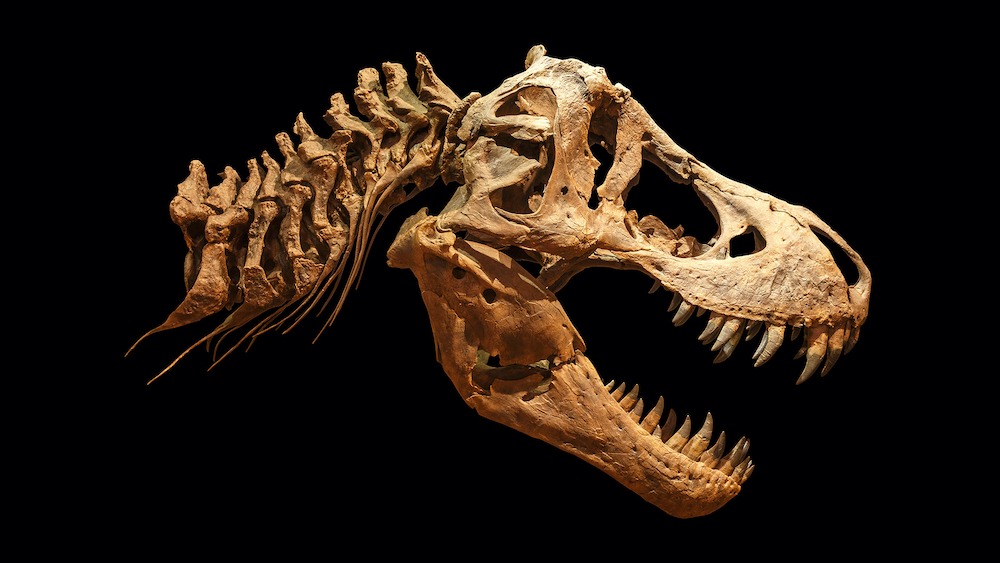
T. rex could have been 70% bigger than fossils suggest, new study shows
By Jennifer Nalewicki last updated
The largest T. rex to ever live may have weighed up to 33,000 pounds.
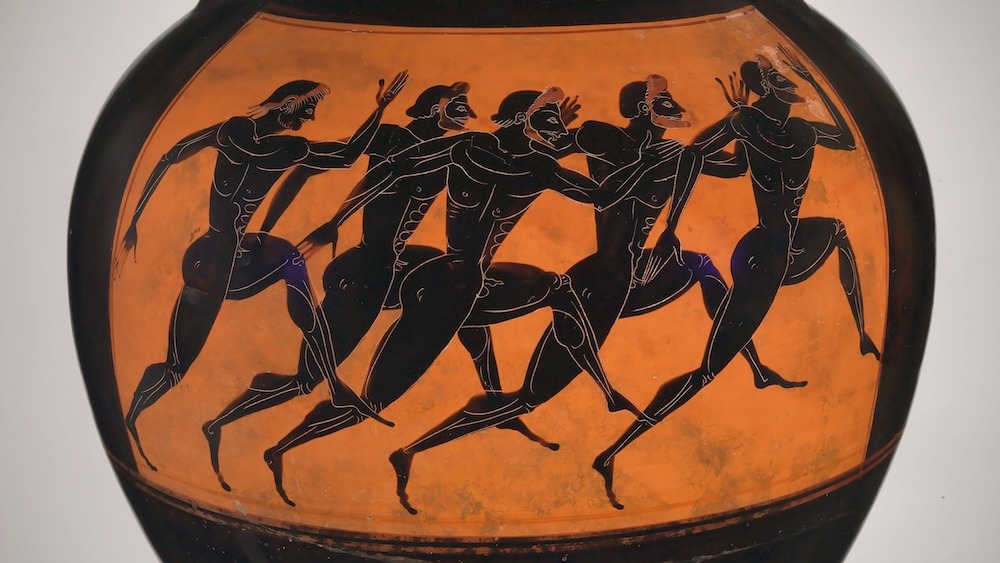
Panathenaic prize amphora: A pot brimming with olive oil awarded at the ancient Greek Olympics
By Jennifer Nalewicki published
Instead of a gold medal, victors at the ancient Greek Panathenaic Games received terra-cotta pots filled with Athenian olive oil from sacred trees.
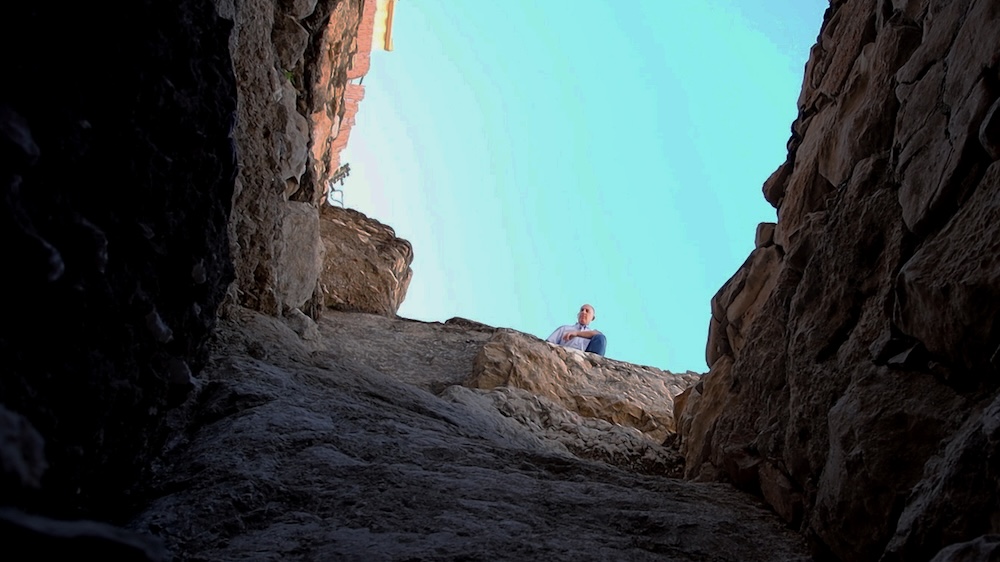
Moat that protected ancient Jerusalem's royalty discovered near parking lot
By Jennifer Nalewicki published
After a 150-year search, archaeologists found the moat near a parking lot in Jerusalem.
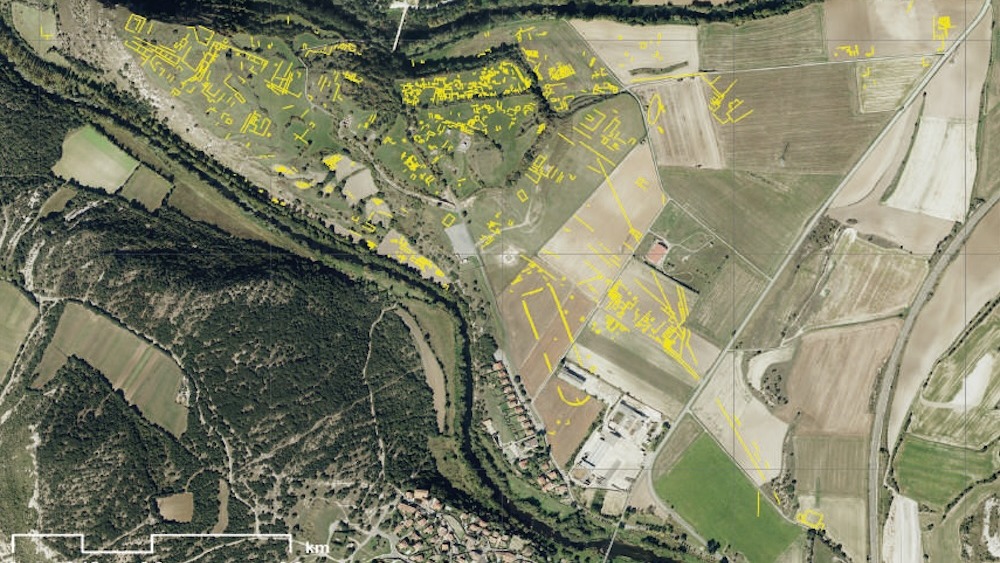
Lasers reveal Roman-era circus in Spain where 5,000 spectators watched horse-drawn chariot races
By Jennifer Nalewicki published
Researchers used lidar technology to map Iruña Veleia, a Roman-era city in Spain.

Bonnie Prince Charlie narrowly escaped an assassination attempt in Scotland in 1745, musket ball hole reveals
By Jennifer Nalewicki published
Volunteers at Bannockburn House in Scotland discovered a musket ball hole in a wall that dates to the Jacobite Rebellion of 1745.
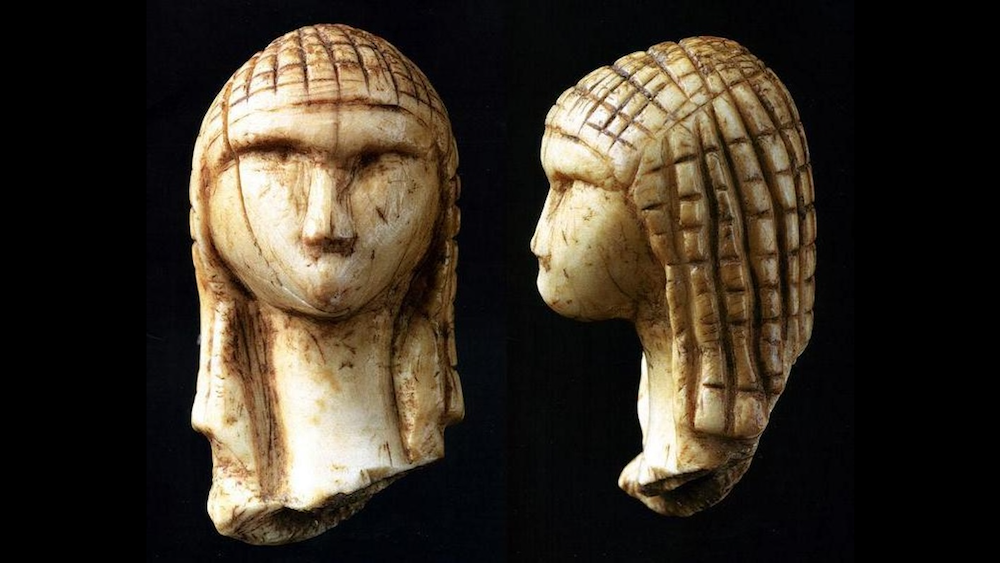
Venus of Brassempouy: The 23,000-year-old ivory carving found in the Pope's Grotto
By Jennifer Nalewicki published
The palm-sized carving depicts a Neolithic woman wearing an ornate headpiece.
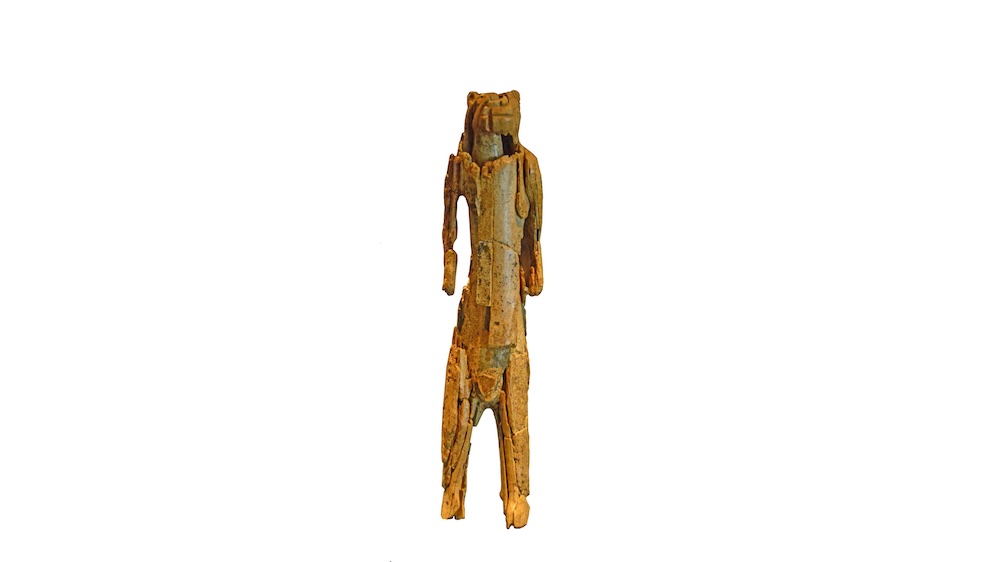
Lion Man: The oldest known evidence of religious belief in the world
By Jennifer Nalewicki published
Discovered inside a cave, the ivory statuette depicts a human and a lion.
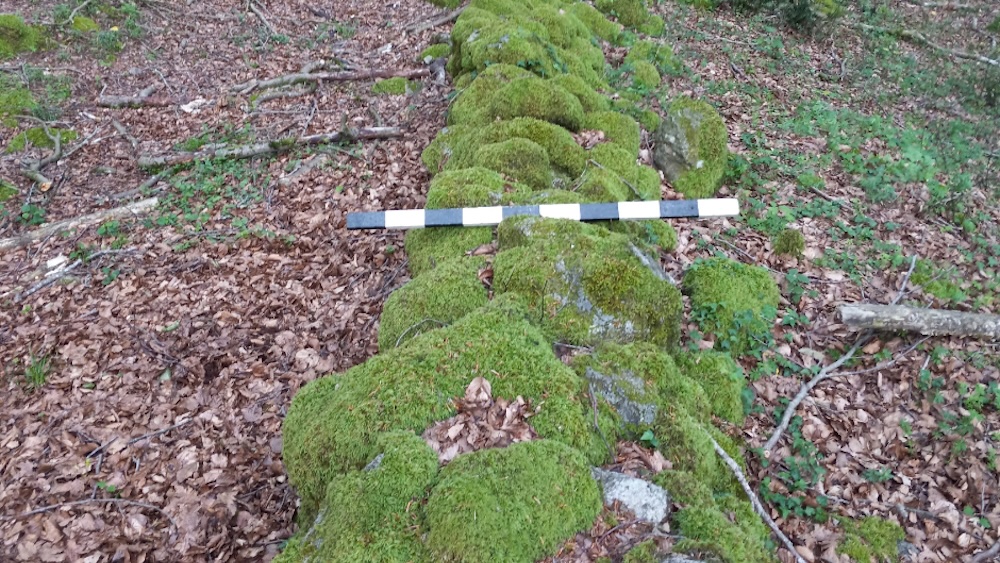
Site of epic 'clash' between Spartacus and Romans uncovered
By Jennifer Nalewicki published
The fortification was built to corral the slave-revolt leader and his forces.
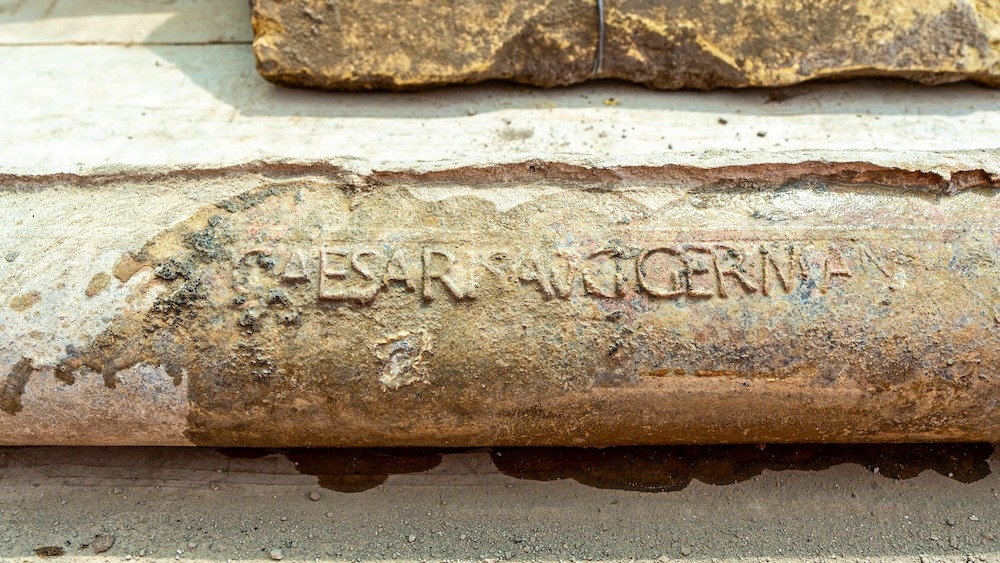
Roman emperor Caligula's 2,000-year-old garden unearthed near the Vatican
By Jennifer Nalewicki published
The gardens overlooking the Tiber river in Italy once belonged to an infamous Roman emperor.
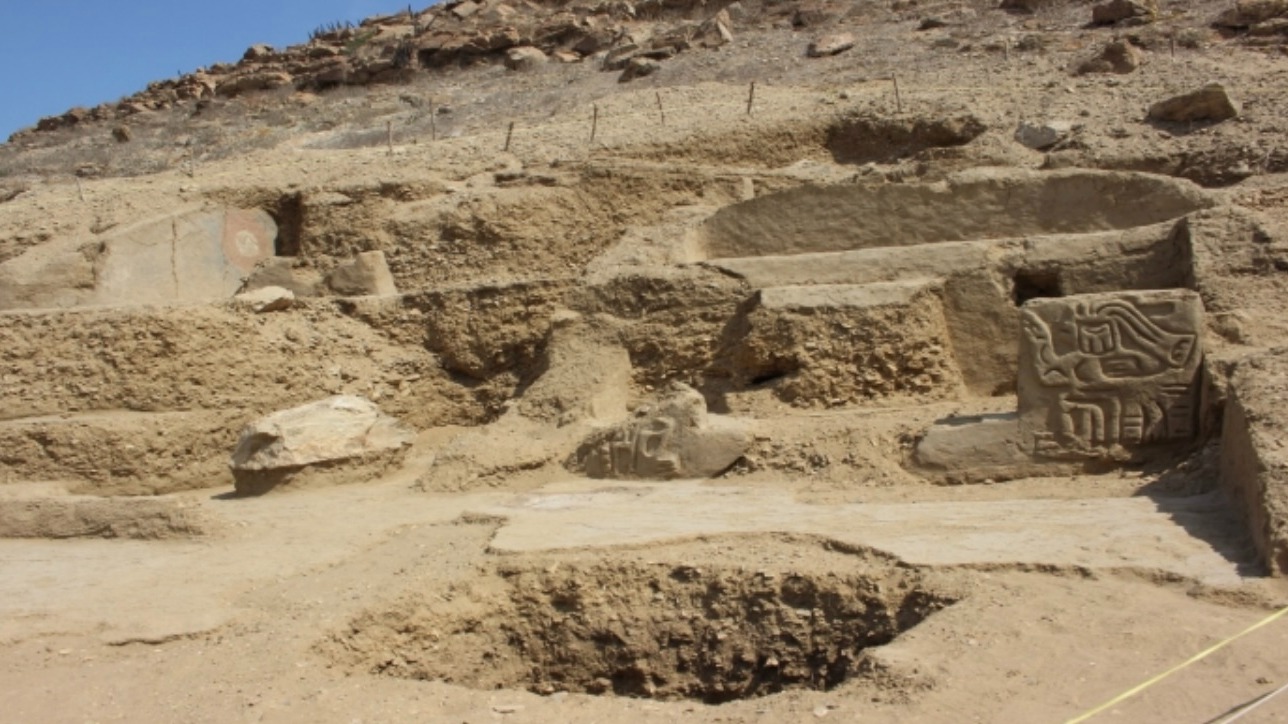
5,000-year-old ceremonial temple discovered beneath sand dune in Peru
By Jennifer Nalewicki published
The 5,000-year-old site contains the walls of a ceremonial temple, as well as human remains.
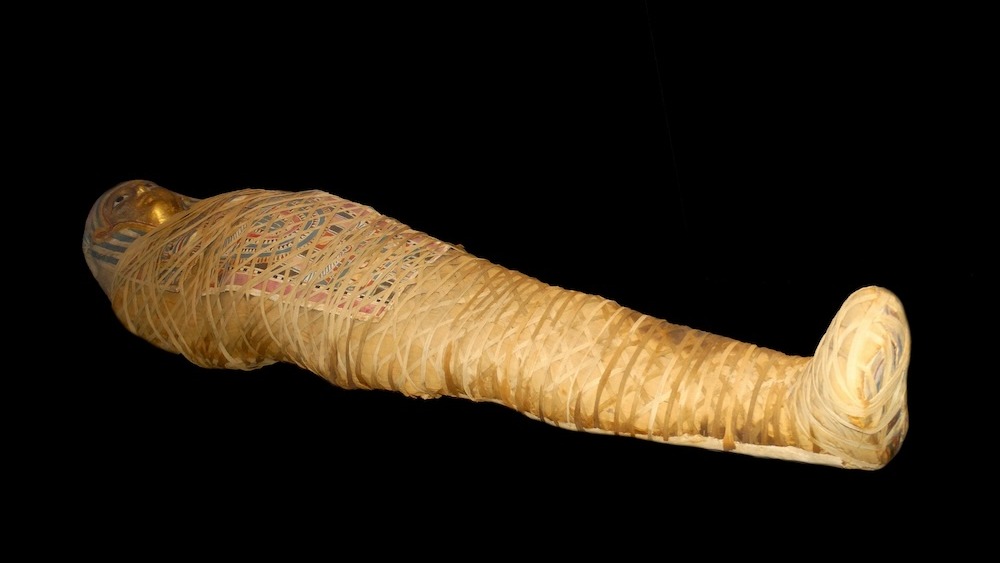
Could bacteria or viruses lurking in ancient Egyptian mummies unleash a plague today?
By Jennifer Nalewicki published
Do mummies contain pathogens that could be transferred to humans today, and should we be worried?

'William the Hippo': The ancient Egyptian statuette deliberately crippled to prevent it wreaking havoc in the afterlife
By Jennifer Nalewicki published
Ancient Egyptians feared hippos, to the point that they removed three of the statuette's legs so it wouldn't cause chaos in the afterlife.
Sign up for the Live Science daily newsletter now
Get the world’s most fascinating discoveries delivered straight to your inbox.
